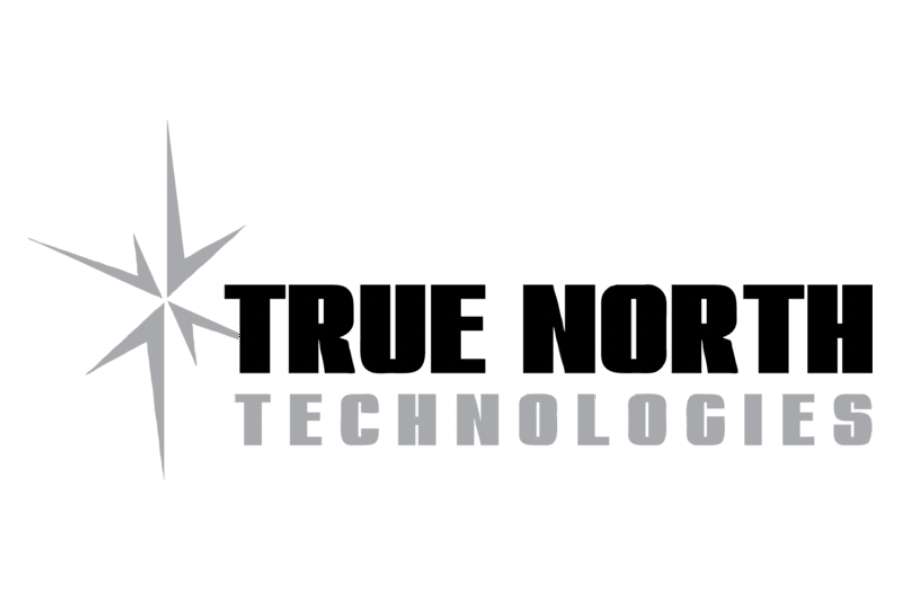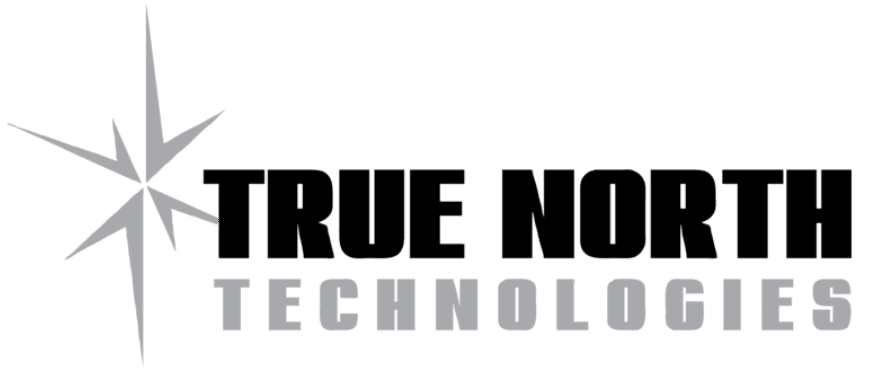TRUETRAC CATTLE
I watched a steer show not that long ago and the heavier the cattle got the more it sounded like someone poured milk on some rice krispies. There was a lot of popping going on as those heavier steers walked in. It prompted me to rethink a project we started a few years ago and just didn’t finish. I pulled up those old documents and the trials we did, reworked the formula a bit based on some things we’ve learned since then and the result is TrueTrac Cattle.
TrueTrac Cattle follows the same principles of our very popular swine TrueTrac product. Because it works, TrueTrac has become the industry standard for joint health in show pigs
Since part of our mission statement is simply to tell the truth that’s what we’re going to do. A big contributor to popping pasterns is cattle that don’t have enough flex so they compensate in their pasterns. There isn’t a lot a supplement company can do about that except to nutritionally support those joints, keeping them as flexible as possible. TrueTrac Cattle does that every bit as well as any of the other joint supplements on the market. The joint lubricating precursors are in near perfect proportions in egg shell membrane and TrueTrac is loaded with acidified egg shell membrane.
There is something else going on in these cattle that we can do much more to help. Chronic oxidative stress is very common in cattle on feed and nearly always a problem in cattle getting beta agonists. We can detect the inflammation from chronic oxidative stress in over 65% of fed cattle. Thermography is the best way we have found to detect inflammation in growth plates and joints. The increased temperature indicates inflammation making it a very good non -invasive way to see what’s going on. In short, what happens is inflammation and deformity of the growth plate causes the cattle to compensate the only place they can, their joints, including their pasterns.
These following images illustrate the problem.

The first image is normal and what cattle should look like with thermography. The thermographic camera doesn’t detect any increased temperature in either the growth plates or joints.

This thermographic image of a steer is a classic example of the crescent shaped image characteristic of the chronic oxidative stress induced inflammation in the growth plate. You can see where the image “lights up” just below the knee and above the pastern as well as the inflammation inside both joints. You can also see the same thing on this steer’s hind leg. Not only is it painful it also causes the steer to shift how weight is distributed at the ground. Normally steers carry about 65% of their weight on the outside toe. As they shift toward 50%-50% or worse you can often actually see the angle of that leg change.

This image illustrates what’s going on inside the growth plate and the joints. You can see the inflammation and the cartilage damage in the steer with the inflammation visible on thermography.
The two things that can mitigate the effects are to nutritionally support the correct growth and development of the skeleton and reduce inflammation that happens when we push cattle. The proprietary formulation we use in TrueTrac Cattle is proven to significantly improve soundness by mitigating the effects of chronic oxidative stress and reducing inflammation. It’s been fed to over a million head of fed cattle and the results measured. When you buy TrueTrac Cattle you’re not just buying another joint lubricant you’re getting scientifically sound, research, field proven, high performance nutritional support for skeleton and joints.
The best practice is to feed TrueTrac cattle start to finish to mitigate the oxidative stress and prevent the subsequent inflammation. You should absolutely feed it as soon as you start pushing for finish and at least 45 days before you plan to start feeding beta agonists.

